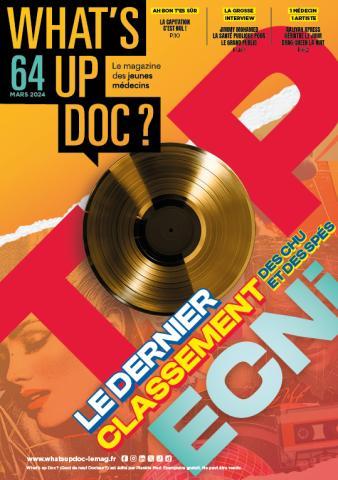I.M.R.A.D.: five key questions the paper should always answer
• Why was the study conducted? (Introduction)
• How was the study conducted? (Materials and Methods)
• What did the study show? (Results)
• How does the study compare with other studies in the same field? (Discussion)
• What are the implications of the study for future research? (Discussion)
I.M.R.E.D.: cinq questions essentielles auxquelles l’article doit répondre
• Pourquoi l’étude a-t-elle été menée ? (Introduction)
• Comment l’étude a-t-elle été menée ? (Matériels et Méthodes)
• Qu’a montré l’étude ? (Résultats)
• Comment se situe l’étude par rapport aux autres études du même domaine ? (Discussion)
• Quelles sont les implications de l’étude pour les recherches futures ? (Discussion)
IN THE FOLLOWING CONVERSATION, FRANK HOLLANDE, A FRENCH RESIDENT IN THE CANTERBURY STROKE UNIT, IS ASKING PR. NICHOLAS, THE HEAD OF THE UNIT, TO EXPLAIN SOME INSTRUCTIONS TO AUTHORS AS HE IS PLANNING TO WRITE HIS FIRST ARTICLE HE WISHES TO SUBMIT TO STROKE.
DANS LA DISCUSSION SUIVANTE, FRANK HOLLANDE, UN INTERNE FRANÇAIS DE L’UNITÉ DE CARDIOLOGIE DU CANTERBURY DEMANDE AU PR NICHOLAS, LE CHEF DU DÉPARTEMENT, DE LUI EXPLIQUER CERTAINES RECOMMENDATIONS POUR LES AUTEURS ENVISAGEANT DE SOUMETTRE SON PREMIER ARTICLE À LA REVUE STROKE.
Frank Hollande: I’ve just checked the Instructions to Authors on the Internet, and I’d like to pick your brains about one or two of the guidelines.
Pr. Nicholas: Go ahead. Instructions to Authors can be ambiguous at times, and if you get it right first time, it really accelerates the reviewing process.
Frank Hollande: It says here, for example, that “authors should upload one copy of any potentially overlapping manuscript that has been submitted to another journal, or is in press, or published elsewhere.” I’m afraid I don’t get the meaning of “potentially overlapping”.
Pr. Nicholas: It’s quite simple, really. It means that you have to email to Stroke any research we’ve done that partially covers the same subject, if it has been submitted to or published in another journal.
Frank Hollande: So, I’ll have to send the article that you published in Brain last year.
Pr. Nicholas: Yes, of course, and there was also the article we published about “the weekend phenomenon in stroke care”.
Frank Hollande: Right. And what about this word “disclosure”. It says here that authors must state “disclosures in the manuscript text prior to first review and provide disclosures online when submitting a revision”. What’s that about?
Pr. Nicholas: All that means is you have to give details about any conflicts of interest, financial support from companies especially, that could have influenced your analysis and findings.
Frank Hollande: So that’s what it means. And finally, it’s about the layout of tables, I suppose. It says “use indenting within the stub column to indicate sub-groups, do not use bold”. I am afraid this is Greek to me...
Pr. Nicholas: First of all, the stub column is the column on the left that contains the headings. You shouldn’t highlight using bold, but use the tab key to shift subheadings to the right. Here, let me show you...


